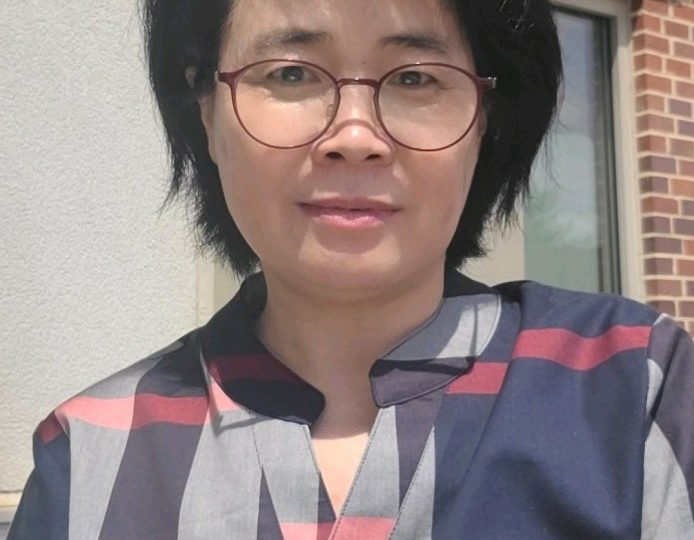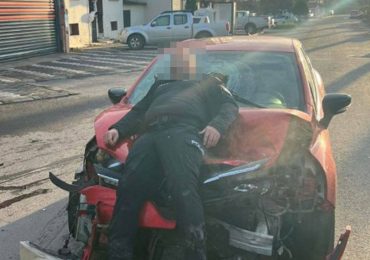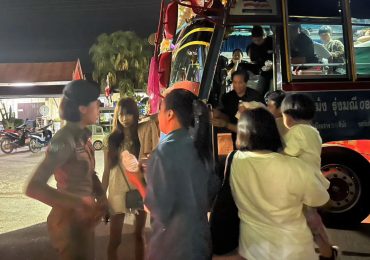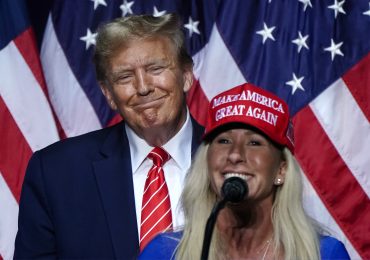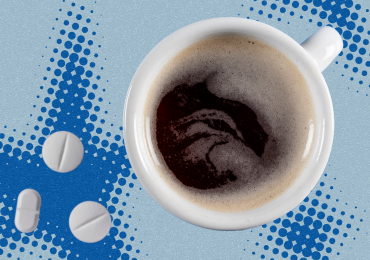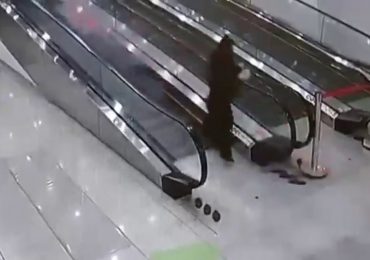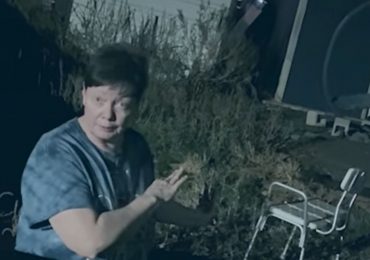THE reality of Kim Jong-un’s nuclear programme where guards don’t live past 40 and die in agony has been exposed by a North Korean defector.
Kim Jeong-ae, who lived close to the Yongbyon Nuclear Scientific Research Centre, has revealed the horrifying truth.
Her brother, Kim Jong-chul, spent 13 years guarding the facility after he was conscripted and unable to visit his family even once.
Credit: Pen NewsDefector Kim Jong-ae has revealed the truth about Kim Jong-Un’s nuclear programme[/caption]
Credit: Pen NewsKim’s brother was one of the soldiers who was conscripted to guard the facility[/caption]
Credit: Pen NewsThe main reactor building is at Yongbyon[/caption]
However, his family thought he was based in Pyongyang, and his letters home gave nothing away.
Kim said: “When he left for the army in his teenage years, he had pale, clear skin like a baby, but he came back with a blackened jawline and purple-skinned face.
“We thought it was all because of the hardship he had faced in the army, but we never thought he had been exposed to radiation.
“His legs were thin and infected with open wounds, so bad that I could not even look at them.
“It was an appalling sight – a mixture of pus and blood was dried on one side, and on the other side there were still oozing wounds.”
Yongbyon is where North Korea gets the fissile material for its nuclear weapons, and it’s also said to boast a uranium enrichment facility.
Kim said her family thought of it as a “place of death”.
She said: “There is a saying in Yongbyon that those who worked in the nuclear facilities cannot make it to their 40s.”
But she only found out her brother was there after they received a fateful knock at the door.
She said: “Once every three to four months, my family exchanged letters with my brother. However, his letter was always the same.
“It would say, “thanks to warm care from the great leader and supreme leader, I am fed well and having a great time in good conditions”.
“Seven years passed just like that.”
She continued: “We did not know about the nuclear facility or his mission, we only learned about it when a soldier visited us one day.
“He told us that my brother was in a rocket regiment based at Yongbyon, and all correspondence in and out of the facility was censored by Pyongyang.
“The soldiers who wrote about their harsh reality were called in by their seniors and forced to rewrite the letters.
“That is why my brother’s letters were always the same.”
Kim said her parents were “very shocked” to learn that their son was in there.
She said: “We thought he was in a place of death.”
Kim’s mother, a military researcher, had the credentials to visit the army base surrounding the nuclear facility.
She recalled: “She said the soldiers were so thin and were just skin and bones.
“Everyone wanted to leave the place, but nobody could.”
She brought her son what food she could muster, and made connections with senior officers to get him discharged.
When he came home, Kim Jong-chul wouldn’t discuss his injuries, having signed a non-disclosure agreement.
His sister said: “For days, I begged him to tell me what happened.
“So he opened up, saying “my wound is nothing, the soldiers left behind… I have no words to describe”, and he could not continue.”
She went on: “My brother suffered with pain in his legs from necrosis. The wounds did not show any progress and continuously deteriorated.
“My brother could not have any deep sleep and tossed a lot at night, probably due to his pain.
“We tried antibiotics such as penicillin and other skin treatments, but nothing worked.
“The only other thing we could try at home was to boil some salty water and disinfect the wounds.”
Discharged in 2001, aged 30, he would die nine years later, aged 39.
His official cause of death was recorded as liver cancer.
Kim said: “It was true that these army men did not have a chance to pass the age of 40.
“I am devastated that my brother died at such a young age.”
And she’s in no doubt that he is one of many.
She said: “I have heard that many patients are dying with the same symptoms in a military hospital in South Pyongan.
“It is a hospital for soldiers who have served in nuclear facilities and are about to die.”
She added: “It gives me a chill when I think about numerous soldiers who are dying silently at this moment.”
Fearing her children would starve, Kim Jeong-ae fled North Korea in 2003, crossing the Tumen River into China, before travelling to South Korea.
She said: “North Korea is a living hell where a normal, law-abiding person cannot survive.
“Residents are not allowed to move freely or start a business, everything is censored and confiscated by the authorities.
“You get fined for gathering firewood from the mountains to cook, and banned for collecting seaweed from the sea to eat.”
Kim’s testimony follows that of another defector, Youngran Lee, who lived near the nuclear weapons test site at Punggye-ri before she escaped the country in 2015.
She said radiation sickness was spreading through the local populace, and that it was normalised for kids to be born without an anus, toes, or hands.
She said the sickness, nicknamed “ghost disease”, had also claimed the life of her son.
Credit: Pen NewsKim Jong-un inspecting a nuclear weapon in 2017[/caption]
Credit: Pen NewsAn empty machine shop at Yongbyon when the nuke factory was temporarily disabled[/caption]
Credit: Pen NewsMachining lathes in then temporarily disabled nuclear fuel fabrication facility[/caption]
Leave a comment
